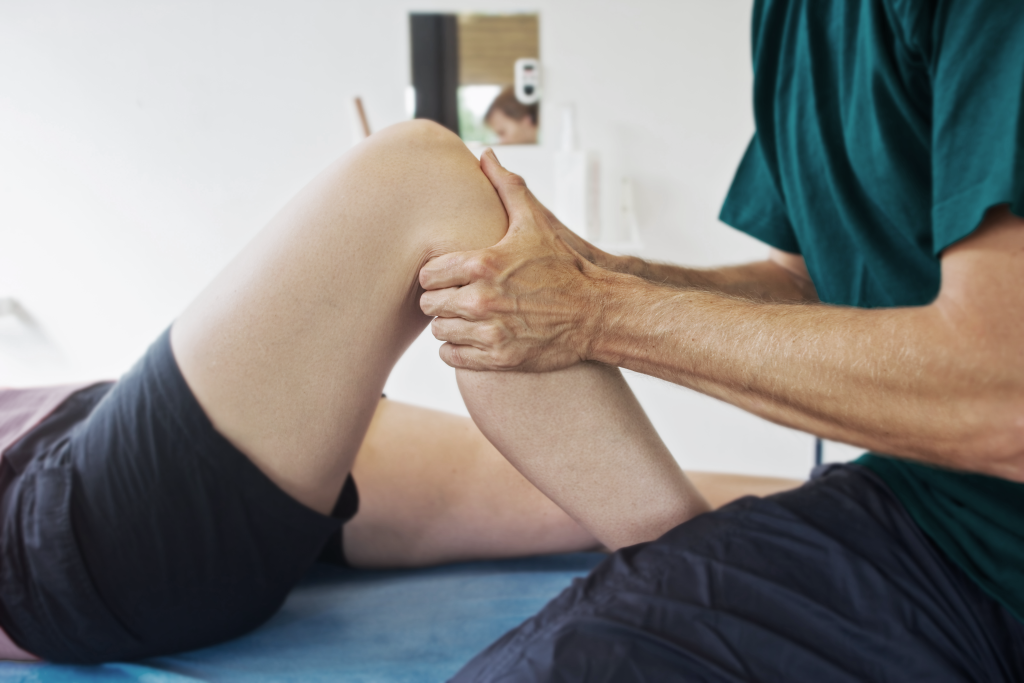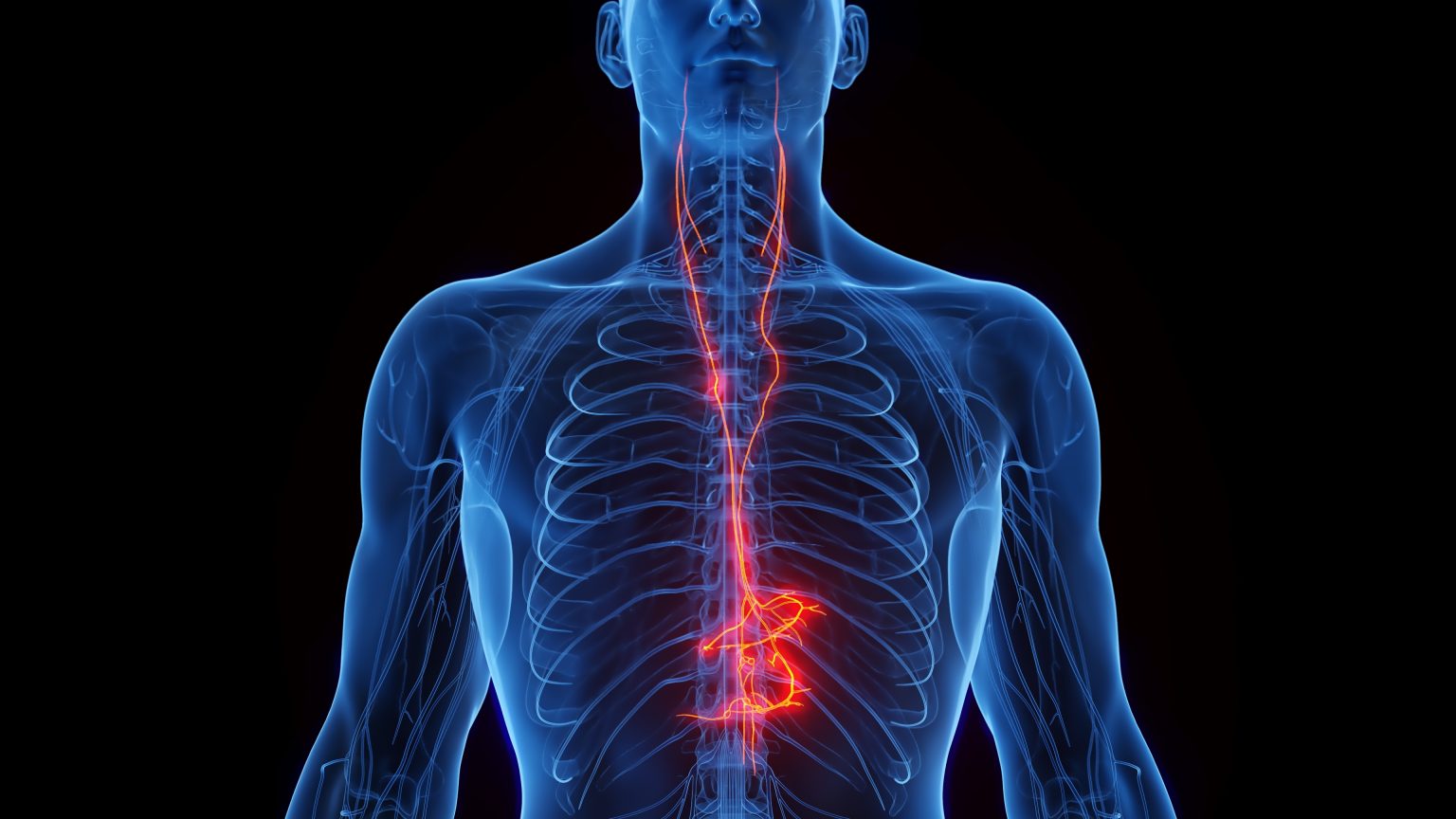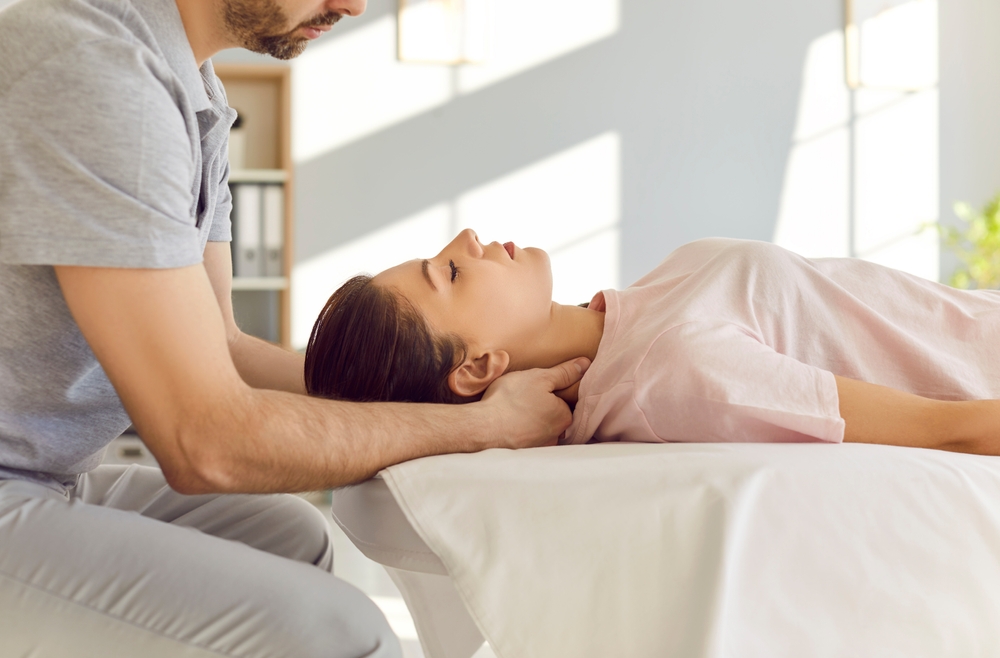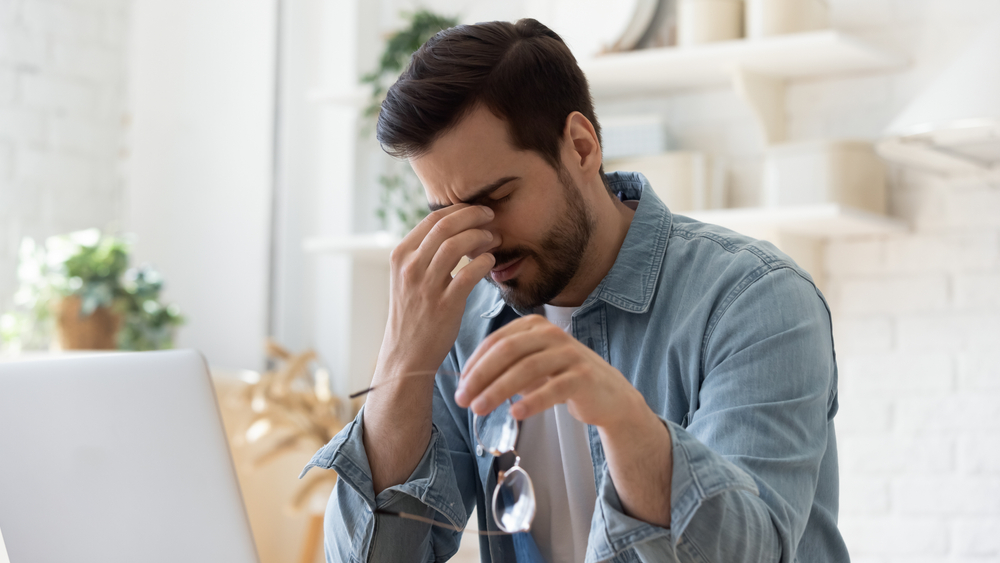Knee injuries are common and can include ligament, tendon, and cartilage tears. Treatment for knee injuries will vary depending on the specific injury but may include surgery, physical therapy, or medication.
Awkward movements falls and collisions, sudden twists, excessive force, or overuse can result in a range of knee injuries. These injuries can include ligament tears, tendon tears, and cartilage tears. The knee is also susceptible to patellofemoral pain syndrome, which is caused by the track of the patella (knee cap) as it moves up and down the femur.Common knee injuries include ligament, tendon, and cartilage tears, and patellofemoral pain syndrome.
It is important to seek prompt medical attention for any knee injury to ensure a full recovery. Some knee injuries, such as ligament tears, can worsen over time if left untreated.
The structure of the knee
The knee is a hinge joint, situated between the thigh bone (femur) and shin bones (tibia and fibula). It is responsible for movement in the sagittal plane, and is able to flex and extend. The knee also has a small range of rotational movement.
While contraction of the muscles on the back of the thigh (the hamstrings) allows the leg to bend at the knee. The end of the femur rests in the shallow cup of the tibia, cushioned by a thick layer of cartilage
At the front of the knee joint, the kneecap or patella sits in a groove at the lower end of the femur. The joint is further bolstered on each side by additional cartilages, which sit in between the knee joint. The bones are held in place by tough bands of connective tissue called ligaments. The entire joint is enclosed inside a tough capsule lined with a membrane and filled with lubricating synovial fluid. Extra capsules of fluid, known as bursae, offer extra cushioning.
Ligament sprains
The knee joint is held together by tough bands of connective tissue called ligaments. These ligaments help to keep the knee stable and can be injured when the knee is twisted or bent. The most common knee ligament injuries are sprains, which occur when one or more of the ligaments are overstretched or torn.
Ligament sprains can be very painful and often cause swelling and knee joint laxity. If a ligament is torn, it may bleed into the knee joint, which can cause more swelling and pain. In severe cases, a knee ligament sprain may require surgery to repair the damage.
The anterior cruciate ligament (ACL) situated in the centre of the knee is the knee ligament commonly injured. The ACL is one of four knee ligaments and is responsible for connecting the femur to the tibia. It helps to keep the knee stable and prevents it from hyperextending.
Tendon tears
Tendons are the soft tissues that connect muscles to bones. Overstretched tendons can tear and bleed, which can lead to pain and inflammation.
Cartilage tears
One of the most common knee injuries is a torn or split meniscus. This type of injury is often caused by a twisting motion and can result in severe pain and inflammation. If you think you may have a torn meniscus, it’s important to seek medical attention right away.
Patello-femoral pain syndrome
Patello-femoral pain syndrome is one of the most common knee injuries, and is characterised by pain felt behind the kneecap.
If you’re experiencing knee pain, it’s important to seek medical attention to determine the cause and get treatment. In the meantime, there are some things you can do to help relieve your symptoms. For example, using a knee brace or ice pack can help reduce inflammation. Exercising regularly and maintaining a healthy weight are also important for keeping your knees healthy.
First aid for knee injuries in the first 48 to 72 hours
Suggestions for first aid treatment of an injured knee include:
-
Stop your activity immediately. Don’t ‘work through’ the pain.
-
Rest the joint at first.
-
Reduce pain, swelling, and internal bleeding with icepacks applied for 15 minutes every couple of hours.
-
Bandage the knee firmly and extend the wrapping down the lower leg.
-
Elevate the injured leg.
-
Don’t apply heat to the joint.
-
Avoid alcohol, as this encourages bleeding and swelling.
-
Don’t massage the joint, as this encourages bleeding and swelling.
Professional help for knee injuries
Mild knee injuries, such as a minor tear in a ligament or tendon, may heal by themselves after a few weeks of rest. Ice and compression may help to reduce swelling and pain. You can also take over-the-counter pain medication to help relieve the pain.
However, any knee injury, no matter how mild, should be checked and diagnosed by a doctor or physiotherapist to ensure that there is no underlying damage. If you are worried please contact Marcin our in-house Physiotherapist.
Prevention tips for knee injuries
You may be able to help to prevent injuries if you:
-
Warm-up joints and muscles by gently going through the motions of your sport or activity and stretching muscles.
-
Wear appropriate footwear.
-
Avoid sudden jarring motions.
-
Try to turn on the balls of your feet when you’re changing direction, rather than twisting through your knees.
-
Cool down after exercise by performing light, easy and sustained stretches
-
Build up an exercise program slowly over time.
Things to remember
-
Common knee injuries include ligament, tendon, and cartilage tears, and patellofemoral pain syndrome.
-
Prompt medical attention for any knee injury increases the chances of a full recovery.
-
Treatment options include physiotherapy, arthroscopic surgery, and open surgery.
Lastly, contact us here at Falcon-Health, we treat many knee problems all year round and offer a FREE 15-minute assessment. Contact the clinic today and ask for Marcin.
Article: Phoenix Marketing
